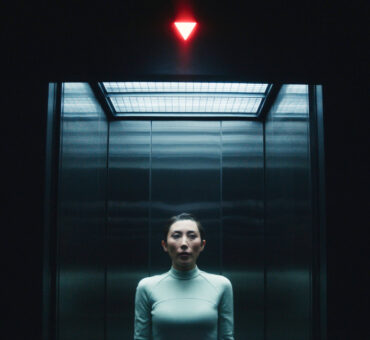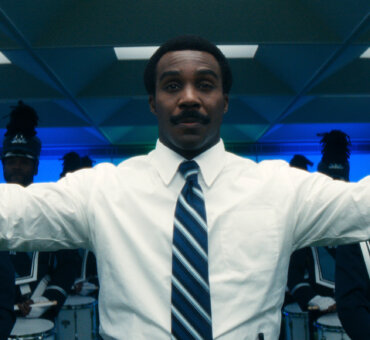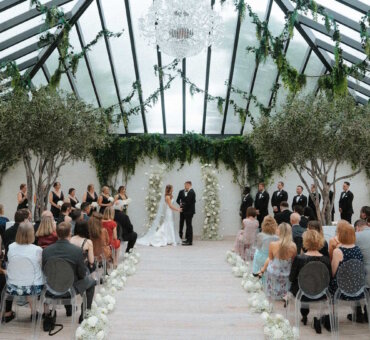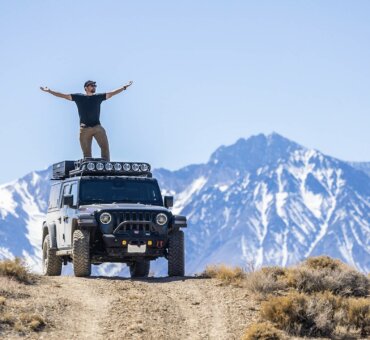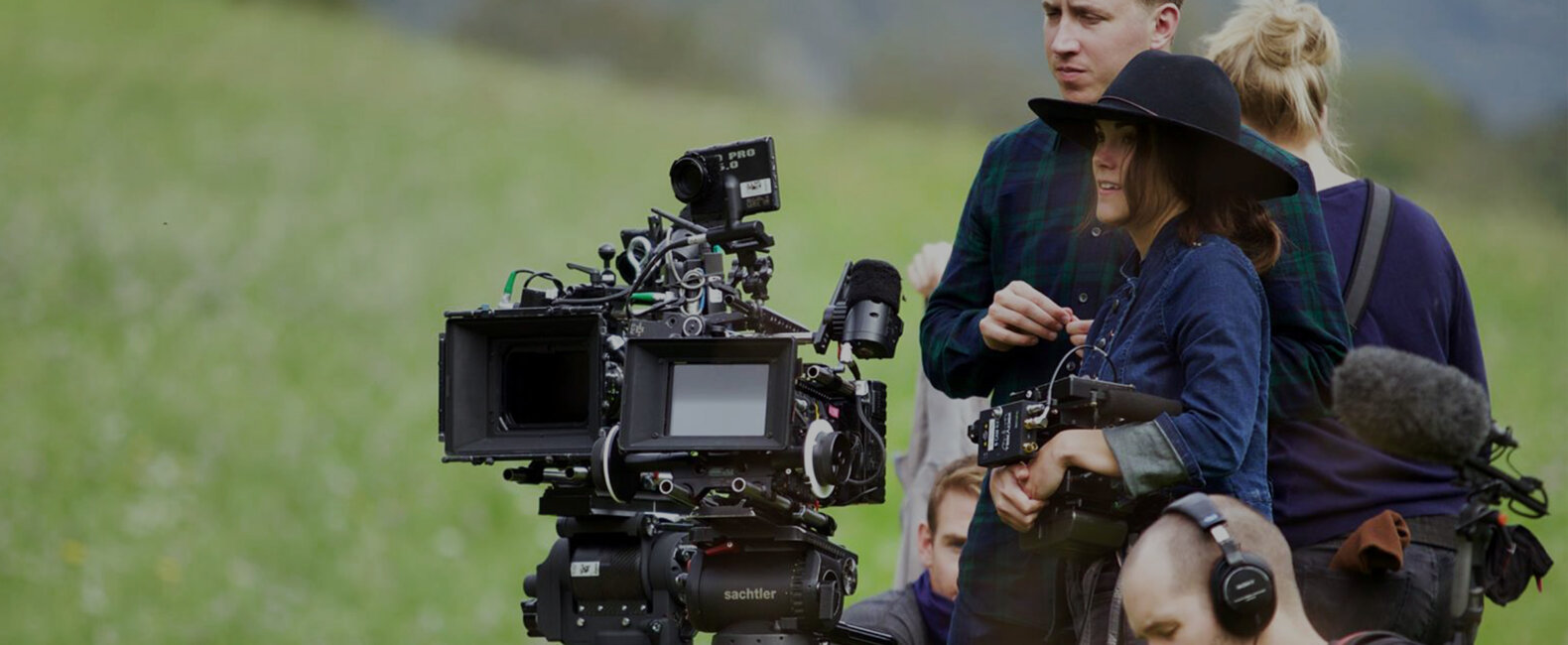Years before Abby Fuller became Chef’s Table’s first female director, her first job out of film school was making the series True Life for MTV. That’s where she mastered the most basic building blocks of storytelling: beginnings, middles, and endings. For being so fundamental, it’s surprising how often they’re forgotten. We’ve all watched films that are nothing but a series of beginnings with no real story or progression. And we wonder why we lose interest. We wonder what’s missing. Well, the middle. And also, the end.
“On True Life, the story was always moving forward,” Abby told us. “It ended up being a great way to always be thinking about what happens next, what the main conflict is, what’s the goal. These are the basics of any good story. You cut out the clutter.”
On her two episodes of Chef’s Table — featuring chefs Ana Roš and Tim Raue — Abby deftly distills her subjects’ lives and philosophies into just 55 minutes of gorgeous, engaging television. It’s masterful storytelling, but even more masterful clutter-cutting.
We talked to Abby about her career, her approach to storytelling, and her work on Chef’s Table.
Musicbed: Did you always want to make documentaries?
I realized early on that I love documentary filmmaking. Also, documentaries have much lower barriers to entry. If I wanted to make a scripted feature straight out of school, I’d have to get all the right pieces into place, a great script, cast, locations. It requires more time and money on the front end. With a documentary, I could literally have a camera and Final Cut on a laptop, and go out and make something, which is what I did with my first feature, Do You Dream in Color?
You worked on MTV’s True Life for a while. What did you learn while working on that show?
Well, there were a lot of rules. For example, we could interview only the main character. The story had to be from their point of view and we had to follow a singular narrative. For instance, one time I followed a heroin addict. I had to identify the character’s goal (to get clean), establish the stakes (what would happen if she didn’t accomplish this goal), and then follow the story straight through to the end. On True Life, the story was always moving forward. So that was the formula, in a sense. It ended up being a great way to drill beginnings, middles, and ends into my mind. To always be thinking about what happens next, what the main conflict is, what’s the singular goal. These are the basics of storytelling. It’s easier to stay on track if you can cut out the clutter.
Have you applied that kind of thinking to your current work?
You know, I studied story in film school: the hero’s journey. And then I learn exponentially more with each project I made in my career. The more you understand the basics, the easier it is to find the basic questions and answers that guide the narrative. It’s also easier to deviate from them if you so choose… and still make a good piece.
You were the first female director on Chef’s Table. How’d you land that?
Chef’s Table was a dream job. My whole background was documentary filmmaking. In my free time, I backpacked and traveled. And at the time, I’d been doing a lot of branded content with chefs for the Food Network and the Cooking Channel. Chef’s Table kind of combined all of those things, and I felt I had the right skill set for it. I approached Andrew Fried, an executive producer with whom I had a great working relationship, and I said, “I really want to do this.” After that, I had lunch with the other EPs, David [Gelb] and Brian [McGinn], and they agreed to give me an episode.
Are they particular about which filmmakers they pair with which chefs? Or did you get the next available episode?
They definitely put a lot of thought into which chef they give to which director. They want a director who will bring out the best in the chef. Some matches are better than others. For example, with my first episode, Ana Roš was a great match for me. I understood her story. We were on the same page. Whereas, my next episode in Berlin with Tim Raue was challenging. He was a more difficult character to wrap my head around. That world was so different stylistically than anything I’d done before. Still, it ended up being a great experience.
Do you work out the exact story ahead of time with the chefs, or do you figure it out once you get to the location?
There’s no one-size-fits all. There are so many different factors from episode to episode. Every chef is different. The biggest challenge is we’re often working with people who don’t speak your language, who live in a completely different time zone, and who are busy 14 to 16 hours a day. A lot of them have biographies or cookbooks where we can do a good amount of research. With Ana, though, there was very little information about her. I went to Slovenia a few days early to spend time with her. I like to be as prepared as possible. Knowing everything I can beforehand. But even then, the amount of information you learn about these chefs once you meet them, they become real people, their persona and their story comes to life.
Chef’s Table stories are told in retrospect. Is that a natural way for you to work?
It is very different than, for example, the feature documentary I made, Do You Dream in Color? Or True Life. Both were follow docs. Vérité work. You’re following something in the present and waiting for moments to unfold. With Chef’s Table, I had the chefs’ decades of experience to look back on, which are so rich. It allows for a more complex and epic story because you’re looking back at decades and focusing on the most poignant and defining moments of their lives.
Tim is such a different character than Ana. He’s an unabashed jerk. Do jerks make more interesting subjects than nice people?
No. Likeable people make better subjects than assholes. But maybe that’s just my preference. The fascinating thing about Tim in my mind wasn’t whether or not he was a jerk, but how transparent and honest he was about himself. In the cold open, he’s says, “I’m an egomaniac and proud of it.” I respected that about him and found his honesty really interesting. He was completely okay with admitting he wants money and fame, and that’s what drives him. In some ways, Tim was a challenging person to work with, but it was nice to work with someone so excited to share their story. Ana, of course, was the complete opposite. She didn’t care about the attention, but she has this honesty that is really beautiful and sincere. It’s just different flavors. As long as people are being themselves and they’re willing to share, there is the potential to make something that has all the feels.
Do you decide your themes ahead of time, or do they emerge organically during production?
I definitely have these kind of thesis themes in mind before I start shooting, knowing they may change. We always try to lean into the truth. If the story is authentic and real for the subject, it will resonate more with audiences as well. So you start with an idea – what you think is the idea – and you either dive deeper, or move in another direction.
—
You can watch Abby’s work for Chef’s Table now streaming on Netflix.
























